As an Amazon Associate I earn from qualifying purchases.
OK, so you’ve had a banner day and shot your limit of ducks, probably with a whole bunch of bonus geese. Now what do you do? Here’s how to clean a duck, as well as everything you need to know about processing, breaking the birds down, and how you can use pretty much everything but the quack when you’re eating ducks. Ready? Here we go!
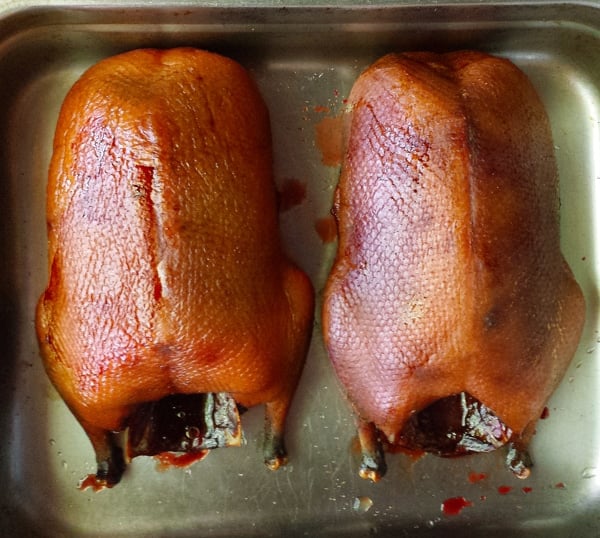
First the birds need to be aged, plucked or skinned. Generally I don’t age waterfowl too long, because our birds tend to be fat, and duck fat goes rancid fairly fast unless you hang the birds in temperatures under 50°F. But at those temperatures, aging takes a long time.
I wrote extensively on hanging game here if you want more detail.
My general practice is to let the birds sit in a cool place for 1 or 2 days, often in the fridge, then pluck or skin. You can keep waterfowl in the fridge for up to a week, though.
How to Clean a Duck
When it comes time to decide whether to skin or pluck, it depends on the bird. Sea ducks and divers shot over salt water I almost always skin. I also skin most snow geese, and spoonies (a/k/a shovelers) if their skin is orange; orange skin and fat means the birds have been eating crustaceans and will be fishy. The color is the same thing that turns a salmon’s meat orange.
For step-by-step instructions on skinning, Holly and I made a video on how to skin a duck.
We pluck most birds, though. There are lots of ways to pluck birds, but we use paraffin wax and a hot-cold water bath. For why you ought to consider plucking more birds, and not just waterfowl, read here. We also made a video on how to pluck a duck, too, so you can see how we do it.
Our method of plucking takes about 10 to 20 minutes per bird, depending on how skilled you are or the size of the bird. Diver ducks are harder to pluck than puddle ducks, and snow geese are harder than specklebelly geese or Canadas.
Once plucked or skinned, gutting is easy. I take kitchen shears and clip off the feet, then chop off the head and the second joint on the wing (I toss the wingtips). I save most of them; more on that later. Then I use the shears to chop off the tail, taking care to not damage the gizzard. I save the tail, too.
After that I get some cold water running and then reach into the cavity and grab the gizzard. This usually pulls out the intestines, too. I toss the intestines and keep the gizzard. (Here is a video on how to clean the gizzard).
That leaves the heart and liver. I gently reach inside and with my fingers dislodge any connective tissue holding the liver in place, then pull it and the heart out. I trim the top part of the heart off, right above the ring of white fat.
For the livers, you need to remove the bile duct, which looks like a green Nyquil gel cap. I gently pinch this away from the liver under cold water without breaking it — if you break it, the bile fluid is very bitter and can spoil the liver, thus the running water.
After that, a quick rinse and the duck is ready for the fridge. I pat them dry with paper towels and put them in a closed plastic container in the refrigerator for up to a week before freezing. I always will keep them at least overnight to firm up the fat. Once they’ve aged a bit in the fridge — they dry out a little, like dry-aged beef — I vacuum-seal them and freeze.
Oh, and those heads and feet I’m saving? I cut out the tongues, which are used a lot in Chinese cooking. I have a great recipe for crispy fried duck tongues. The feet go into my duck broth. Feet have collagen, and, once you hack them up with a cleaver or kitchen shears, that collagen is released into the broth, making it thicker and richer without adding fat.
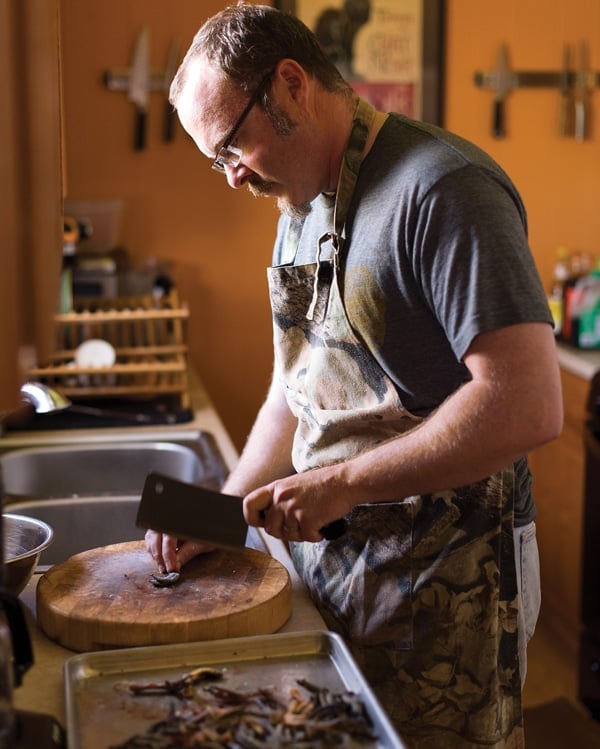
Eating Everything But the Quack
Over the years, I have learned that when it comes to eating ducks and geese, you can eat pretty much everything but the quack.
I have grown used to the funny looks I get from hunters who typically just cut out the breast meat on their birds. Hell, I even get funny looks from people who pluck their birds. I can’t help it. I shot these ducks. They’re dead because of me. The least I can do is not waste them.
So what can you do with all these lovely bits of bird?
Well, we all know how lovely a perfectly cooked duck breast can be, and most of us know that duck legs are wonderful braised or made into confit. But what about the wobbly bits?
Hearts can be eaten in several ways, either sliced and stir-fried, or braised for a long time. I am fond of deviled duck hearts. I actually make a raw, duck heart tartare that is one of the dishes I make in cooking competitions a lot — it has never failed to impress. If this is a bit much for you, use the hearts in your broth-making or add them to your ground up duck for meatballs or duck burger.
Gizzards are destined for the stockpot if they are small, such as those from teal or spoonies. If they are large — and especially goose gizzards — I clean them, trim them and make them into confit. I learned this trick from Paula Wolfert in her The Cooking of Southwest France. If you hunt ducks and don’t have this book, you are missing out on a lot. Trust me.
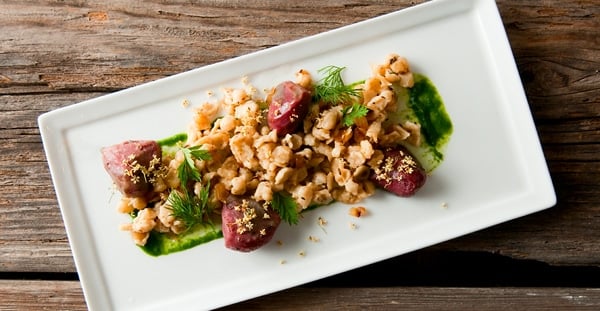
In general, gizzards need to be cooked for a long, long time. Like overnight kind of long. My favorite gizzard dish is where I “corn” the gizzards like corned beef and then cook them gently for a full day in a SousVide Supreme. It is a magical, mystical dish.
You can also fry gizzards, the way they do in Montana, or add them to your duck broth. Once cleaned and ground up, they’re a great addition to sausage. I’ve actually designed a duck giblet sausage specifically for this.
Livers had always been a problem for me. I don’t like the texture of liver, although I like the flavor. There is one exception, however, and that is when we get a “wild foie gras,” a liver that has grown large and fat from the bird gorging itself on rice or whatever. These livers are spectacular seared simply and served with good balsamic vinegar and salt.
Normally I make duck liver ravioli; my recipe is inspired by Mario Batali’s Babbo Cookbook, which has a similar version. Livers are also excellent in pâté. I am experimenting with a couple German liver recipes — liver dumplings (leberknoedel) and a liver sausage like liverwurst. I’ll post on them when I get the recipes just right.
Now we get to the weirder parts of eating ducks.
If you happen to have a mallard, pintail or goose, you should try saving the neck skin. What I do is push out the bones and meat (they go into the stockpot), then clean the inside of the skin, pull out the windpipe and voila! You have the greatest sausage casing Nature has ever devised. I came up with this idea all by myself and was so proud of it — until I later read that those damn French have been doing it with geese for centuries. Nothing new under the sun. You’ll find more on making sausages with a bird’s neck here.
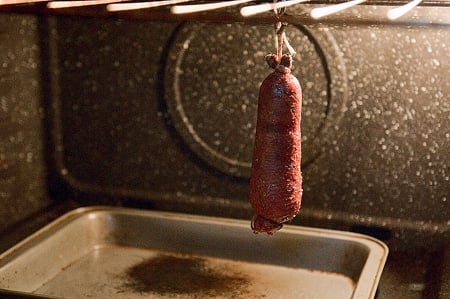
I’m not done yet. Not by a long shot. Wild duck fat, anyone?
As it happens, the tails — the Pope’s nose — on ducks and geese are typically very, very fatty. And one of the great joys of eating wild ducks is that they are among the precious few wild animals blessed with copious amounts of delicious fat; the fat under the skin is why you never skin a duck breast unless that fat is fishy-tasting. So what do I do with the various Pope’s noses? I hack them to bits and render the duck fat. I got a cup and a half from the batch of 15 ducks Holly and I shot that opening weekend back in 2008, and that is not uncommon. I once got 1/2 cup of white, sweet-tasting fat from one drake pintail.

Be sure to use the tails from puddler ducks or seed-eating ducks. Don’t use divers, and be careful about spoonies — they can be fishy. My advice is to start with pintails and teal, then move to wigeon and mallards. Gadwall are up to you; if you like gadwall flavor, add them. Here is how I render duck or goose fat.
And then, when you are left with duck cracklins’, you can stew them in Mexican salsa verde to make the classic dish chicharron en salsa verde, which is amazing on a corn tortilla.
For those of you who do not hunt, keep in mind this guide to eating ducks works with domestic ducks and geese just as well as it does with the birds we bring home from the marsh. And for those of you who do hunt, I hope this gives you a little inspiration to do something a little different with your birds this year. May you shoot well and lose none!
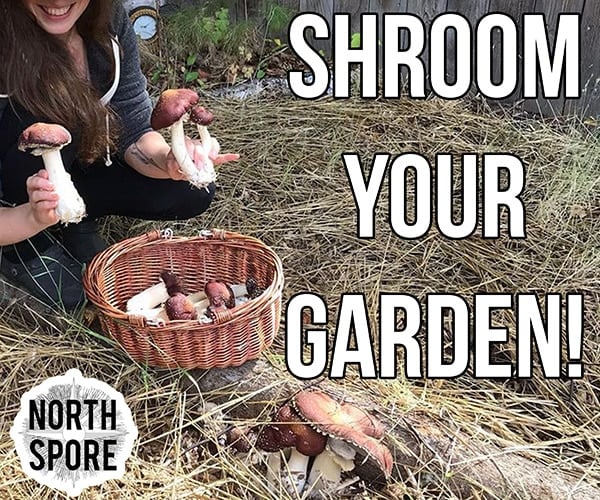


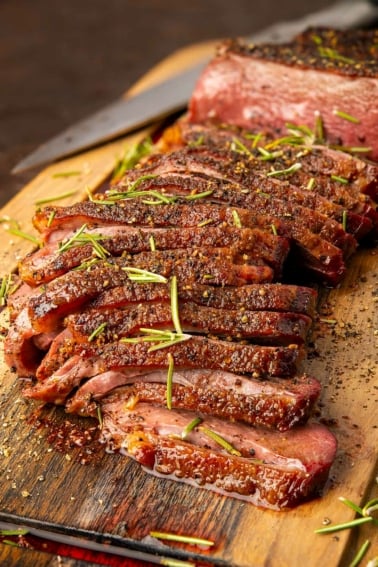
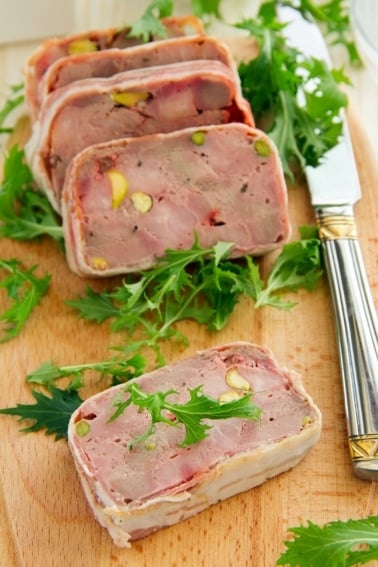

Came home with 13 ducks from this weekend hunting next to Fazio. They’re being cleaned at Broadway, but I’ll try to render some fat and save it for making confit or tortillas. This a a great post and inspirational, maybe I’ll try plucking and gutting after the next hunt.
Dave: Yes, I pluck every bird by hand. I wax them, which helps a lot. Still, plucking six Canadas at a shot would make me queasy.
There are plucking machines available on the market. They are several hundred dollars, but if you shoot 75-100 birds a year, it will pay for itself. The machines have rubber “fingers” that rub off the feathers. I’ve used them a few times, and once you get the hang of it it will not damage the ducks. Nothing beats a hand-plucked bird, though!
Stumbled on this post while looking at duck recipes. Great stuff. I’m a hardcore duck/goose hunter. Between myself and my two sons, we take many birds home during the course of a season (40-50 geese, slightly lower # of ducks) For the sake of time, we always breast them out. Now that I’ve seen this post, I’ve hung 6 pheasants in the garage for 3 days and am thinking about plucking ducks. Question: Do you really pluck all your birds by hand? There’s got to be a better way. I can’t imagine plucking 6 Canada Geese during a single session..it would take hours! I”m wondering if a picking machine makes sense. Thoughts?
More info on the plucking and gutting, please. Photos are always appreciated. Raising my own, and will need to dispose of “extra” drakes.
I saw the article in the paper, I’ve been doing this for 35 years and watched my elders do before me. Waste nothing ! Liver pate’ Mmm
One way to get kids & non-game people to eat duck pheasent, quail etc: Is brown pieces in olive oil and slow cook them in cream of mushroom soup. And some rice for the extra gravy. I put four duck halves in my woodstove one rainy december day, with a link of Italian sausage in each ribcage and the smoke brought people to the door and the phone started ringing. (i’m drooling) Great Blog! There are a lot of hunters that think like you! I have never cut a breast off of a duck(what a waste). I won’t get into fish here but my family had a retail fish market from 1926-1976. I ate swordfish like other kids ate burgers. Mmmm — Mike T.
I love – just love – this post and its philosophy of wasting nothing. Thank you
Sylvie
https://www.LaughingDuckGardens.com/ldblog.php/
I’m new at wild game but I have gone over to Duck Dressing .We cook it just like a Chicken Hen using the stock to make the Dressing while carefully using some of the rendered fat for flavor. Duck meat was fine after being boiled a few hours and roasted in pan with the dressing
Hank! I am green with envy!!! Thanks for the great narrative, and deviled duck hearts? YUM!
Hank! I saw duck fat for the first time! Unfortunately it was in one of your photos!
I spoke with a wildlife biologist friend a couple days ago about the difference in quality of meat product as their feed changes during annual migration. He confirmed that what you and I are eating would be very different product, based on a number of weeks of highly different diet. If I could ship you some [which I can’t – trust me, I’ve tried this recently], I’d get you to do some R&D. Keep up the good work.
It looks like a lot of work to clean all those ducks!
Check out this ptarmigan
There are hunters who just cut out the breasts on duck? I feel like I should mourn all the lost opportunities for duck confit and pate.
Kudos to you for using everything but the quack. 🙂
Sounds like a great hunt! I am intrigued by what deviled duck hearts are. =)
I will make the deviled hearts recipe link “live” tonight when I finish work, Garrett.
As for freezing birds in water, it defeats the purpose of dry-aging them. I never totally vacuum-seal my ducks anyway — there is always the cavity that remains.
I’d suggest drying your ducks, wrapping them in plastic wrap, then wrapping them in freezer paper. This is what I do with whole geese.
UPDATE: Here is the Deviled Duck Heart recipe.
Hank, what do you think about freezing whole plucked birds in water? My off-brand vacuum sealer doesn’t have the oomph to handle the angles and caverns of a whole bird.
Get post, I can’t wait to see the look on my wife’s face when I strain out the webbed feet from the stock.
Love this line “Aloof and beautiful pintails glided overhead like austere supermodels. Gadwall wheeled and circled, looking for a meal; they are the homely hobbits of the duck world.” and this line “I love gadwall, too, because they have an unusual, earthy taste. Gadwall are an eater’s duck, not for beginners.”
The man can cook — and write. We should all have friends like “Bob.”
I am three days away from my first duck hunt of the season. Can’t wait.
I’m getting better about using all of whatever we kill – your blog is part of my inspiration!
Thanks!
Great post! I’d asked NorCalCazadora if you were going to post on what you do with duck legs, but I got a lot more out of this whole post.
I will be grossing out family and friends for many months… and hopefully winning over some to good eatin’!
By the way, do you have any good recipes for spoonies that don’t involve a brick? Our opener didn’t go as well as your’s…
Hank – I admire your skill in squeezing every bit out of your game. Very admirable. Ducks are my absolute favorite, but I gave up self plucking years ago and now spend the 3 bucks per bird to have them plucked. I know, lazy. We had a great opening weekend that was one for the memory books. Check it out.
Josh, I have this to say about the Noble Northern Shoveller, the Smilin’ Mallard, Bootlips, Hollywood, the Sky Pimp: Eat him with gusto — but smell his nose first!
Cut off the Pope’s nose as I mention above and smell the fat: Is it fishy? Then cook the spoonie in a dish with a lot of spices. Gumbo springs to mind. Try this recipe.
If the fat just smells like duck fat, as will be the case if the bird was living in the Grasslands or in the NorCal rice fields, just eat it as you would any duck. You won’t taste the difference.
Oh, Boyfriend, you shorted me! I actually hit five ducks. But unfortunately, one landed in a place where our guide said it was unsafe to retrieve it. Trivial? Not when you’re as lame a shot as I am! I hate tithing the coyotes, but there was nothing I could do.
I’ll be sending some folks over here to check out the method to your madness – they’ve all been asking about it.
Smooches,
h